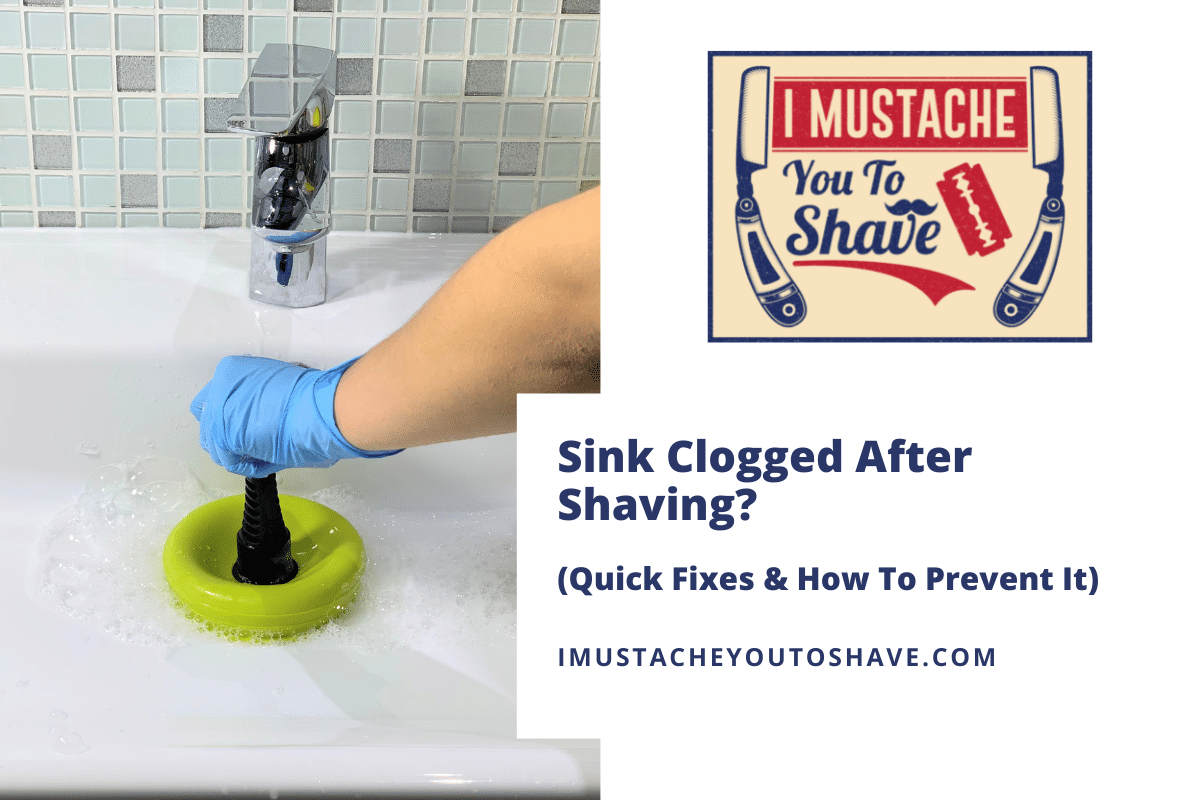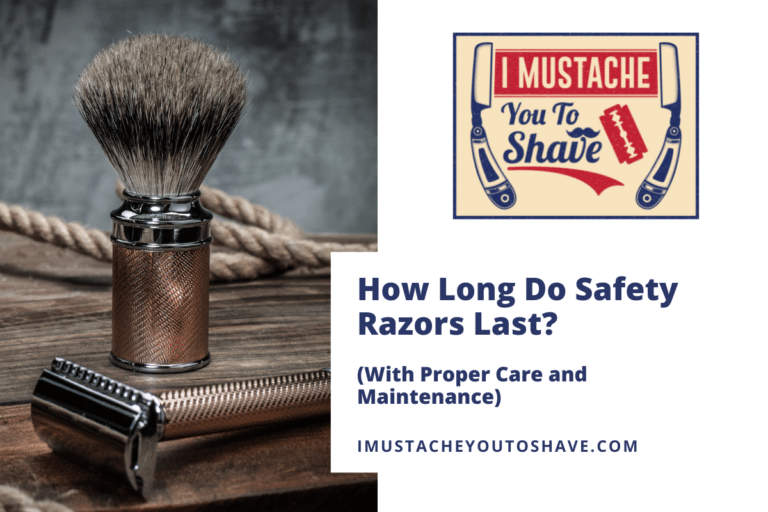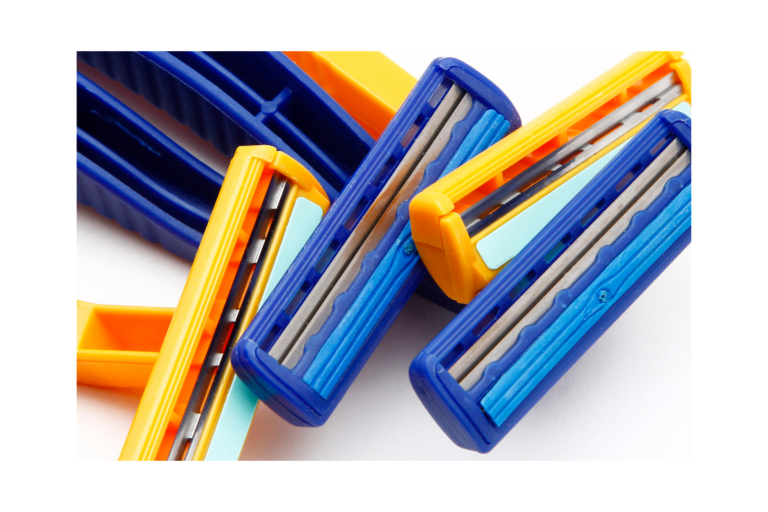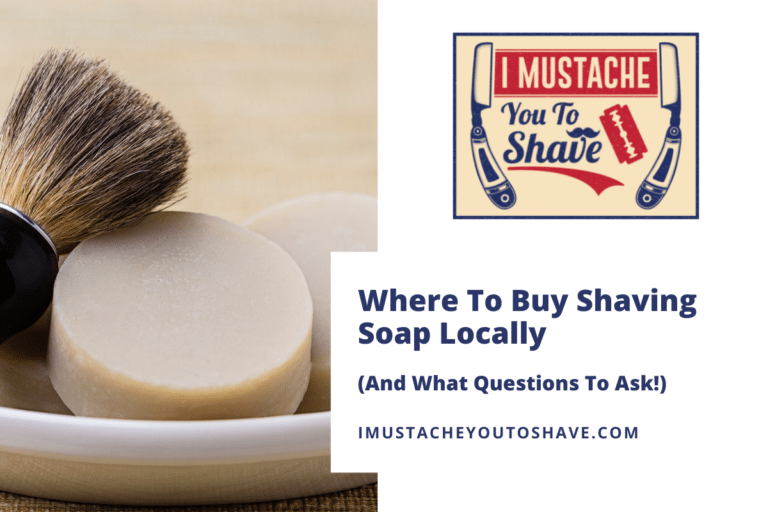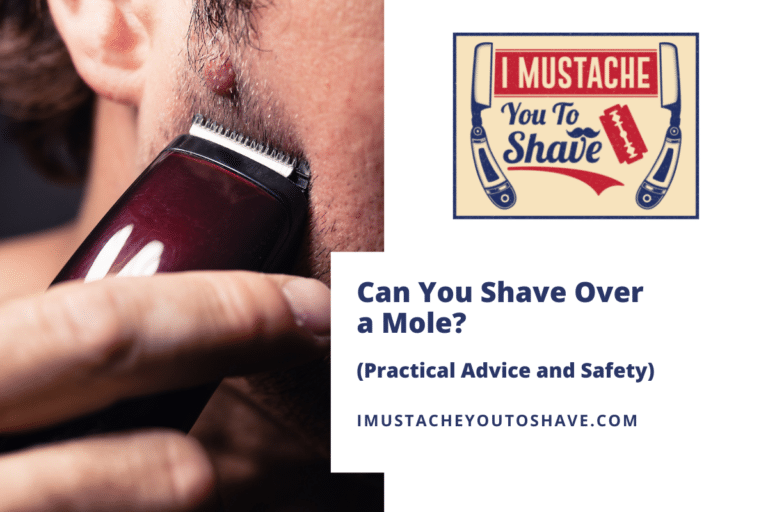Sink Clogged After Shaving? (Quick Fixes & How To Prevent It)
Most men have seen the murky, stubble-filled water simply refuse to go down a drain. Filling your bathroom sink with newly shorn whiskers is pretty much unavoidable, but is there anything you can do to keep it from building up and clogging your drains?
Shaving alone does not clog a sink but it can certainly lead to plumbing issues. Shave soap adheres to the stubble and can build up inside pipes. Most hair and grease clogs can be prevented and removed through regular cleaning and maintenance, including cleaning the stopper and rinsing with boiling water or baking soda and vinegar.
Keep reading to learn more about how beard hair can contribute to sink and drain clogs, and how to prevent these pesky plumbing problems.
Can beard hair clog a sink?
There are plenty of visual examples of how clogs happen. Consider gutters packed in leaves that break down and become packed in mud. The leaves must be removed routinely so that gutters may operate at their full capacity.
Longer whiskers are more likely to hang up and clog rather than the remains of shorter stubble. It is also unlikely that longer whiskers will be trimmed on any frequent basis as the hair will not have much time to grow between trims. Substantial whiskers should be trimmed and the hair collected and disposed of in the trash.
The longer hair, say trimmed whiskers, collects into a net that then catches additional debris and causes the backup.
Can even short hair clog a sink?
Some bricks have historically been made of clay with the addition of hay to provide structural support. Cement is often reinforced with rebar much in the same way.
Short stubble will not alone clog a drain but it can reinforce grease resulting in a very tough stoppage. Routine maintenance and alternative rinsing practices can prevent the build-up.
Soap and short hair that build up within your razor after shaving act much like reinforced mud that will condense in pipes over time.
How to unblock or unclog a sink after shaving
Assuming that your drain is currently clogged or draining slowly there are some tips to help you out quickly depending on the nature of the clog.
Clogs can be the product of hard water, mineral deposits, grease, hair, or a combination of all the above. Some clogs can be removed fairly easily by:
- Cleaning the stopper/plug
- Pouring boiling water down the drain
- Loosening the clog with baking soda and vinegar
- Using a plunger
- Trying a manual pipe cleaner or removing the P-trap
- Sending in a liquid drain cleaner
If none of these options work, it’s probably time to call a licensed and bonded plumber.
Clean the stopper/plug
Sometimes buildup collects on the stopper and can be cleaned pretty easily.
Most stoppers will lift easily out of the drain. Remove any hair or gunk that has accumulated and replace.
If the stopper is especially dirty, try soaking it in hot, soapy water.
Boiling water
If the drain is clogged by some sort of grease clog, boiling water can melt away some of the fat and oil opening the drain.
Boil a large pot of water and pour it slowly down the drain, being careful not to splash.
Take particular care when trying this fix in the bathroom as you’re probably going to be carrying boiling hot water through your house.
Baking soda and vinegar
Baking soda and vinegar are for more than just science fair volcanoes.
When combined, these household ingredients create a chemical reaction that can help break up clogs. Let the reaction foam for a bit then rinse the drain with boiling water.
Plunger
Sometimes a clog just needs a little help to loosen up and release.
A plunger works well to break up some light clogs and can help push hair clogs out of the way. Only light pressure is needed.
Did you know there are different kinds of plungers? This small plunger is designed specifically for use in sinks and is based on the design for a full-size toilet plunger (also known as an accordion plunger). While not the best option for toilets or small drains, most households have this basic cup plunger on hand.
Manual pipe cleaner
Various types of hair clog tools are on the market. (These work GREAT on shower drains for people with long hair!)
Some of these manual pipe cleaners resemble a long plastic key to pull out hair clogs while others are a bit more intricate and can bore through tougher buildup. The specific cleaning method will depend on the cleaner you purchase, so make sure to check the manufacturer’s directions.
If the above steps prove ineffective, you can remove the P-trap (the U-shaped pipe beneath your sink) and visually check for obstruction.
Liquid drain cleaners
Caustic liquid drain cleaners should be used as a last resort.
The chemicals can cause damage to pipes if used too often and can cause some serious reactions if they contact the skin.
Make sure the follow the directions on your cleaner.
Professional plumber
Sometimes a clog is not from grease or hair but a mineral build-up further down the line. Do not be afraid to call a licensed and bonded plumber to do what they are trained to do.
There may be some expense involved but can save you from some serious problems if you lack the skills and equipment to service the problems yourself.
Make sure to ask them about how many times they have fixed botched DIY jobs.
How to get beard hair out of a drain?
One of the best and cheapest ways to remove hair clogs is a hair clog removal tool.
A variety of simple, cost-effective tools are available. While they may help with grease clogs, they are intended primarily to pull hair clogs from the drain so they may not make a significant impact if your clog is primarily caused by short beard hairs.
You can also use this tool in your shower, especially if you or others in your home have longer hair.
How to shave without clogging the drain
While it is almost impossible to shave without getting some of your whiskers in the drain, there are some things you can do to keep from closing the drain.
Here are a number of ways to keep pipes free and clear:
- Do not fill the sink with water
- Shave with hot water
- Use soap sparingly
- Rinse blade frequently
- Do not trim your whiskers in the sink
- Rinse the sink afterward.
- Use drain guards
Do not fill the sink with water
A sink full of water is an old practice. Barbers would have clients hold a shaving basin full of water to their necks to help with rinsing the blade. The basin could be rinsed and used for the next customer or worn as a helmet when fighting windmills.
Releasing the sink plug on a sink full of soapy and stubble-filled water will most certainly lead to clogs. It will also leave a nasty residue on the sink.
Keep the sink open and rinse your razor often to minimize potential build-up.
Shave with hot water
While it’s not likely you shave with cold water, using the hottest water reasonable could help save your drains.
Hot water helps keep the fat, oil, and soap on a level that is easily flushed down.
In their less-than-solid form, these forms of grease are less likely to build up in pipes.
Use soap sparingly
Shaving soap has a much higher fat content than bar soap or body wash.
The fat content of the shave soaps helps sustain the lather, but it also contributes greatly to grease build up. Keep the lather to a minimal level rather than using more than necessary.
Rinse blade frequently
It is not necessary to keep the tap flowing throughout a shave but there is a benefit to turning on the tap for a quick rinse and continuing the shave.
Basically, you reduce the volume of gunk going down the drain at once allowing pipes to clear quickly.
Do not trim your whiskers in the sink
Most men shave their beards at the bathroom mirror and sink, but you would be better off doing so with something – a paper towel or bowl – to catch the trimmings.
There are even bibs on the market designed to prevent messes.
Rinse the sink afterward
After each shave, the sink should be rinsed well with hot water to allow the soap and oil to more easily clear the drain.
At least once per week flush the drain with boiling water to help remove any grease build-up.
Drain guards
A variety of drain guards are available to help prevent hair and other grime from being introduced to the drain.
These bathroom drain guards are similar to those used in kitchen sinks to catch food particles.
Related Questions
Can you flush shaved hair down the toilet?
It is not wise to flush hair in the toilet.
Hair does not break down and can result in a hair clog that acts like a net. A garbage can is the best receptacle for trimmings.
What happens if hair goes down the shower drain?
A hair clog can happen when hair is drained.
If you have ever had the displeasure of removing one of these ‘Wet Wookies’ you have seen firsthand how disgusting your drains can become.

